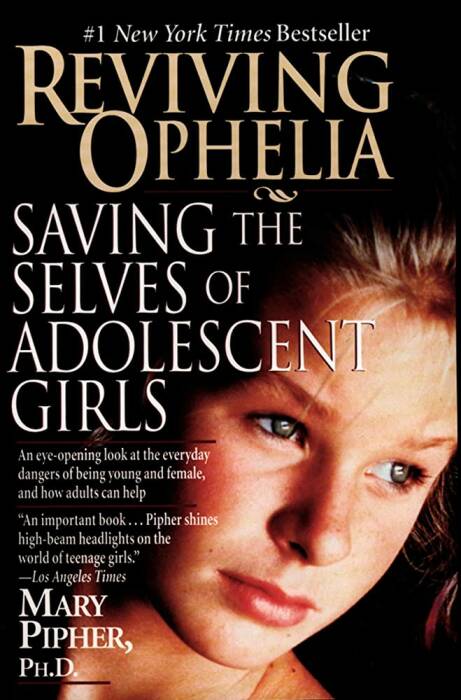

Similar oxymoronic identifications were possible partly because of the vagueness that distinguishes her character in the Shakespearean tragedy, and partly because of the fluctuating status of adolescent girls in society. The Shakespearean fair Ophelia has become through the centuries a multi faceted heroine apt to embody all the victims of patriarchal domination, but also the evil and victimized decadent lady, who would annihilate her tormentor. Ophelia becomes a meta-language for a set of negotiations about girl culture and the (im)possibility of authentic expression in the contemporary mediascape.

What is at stake in the turn - or return - to Ophelia within online culture? To what extent is Ophelia a progressive text? More broadly, does the democratic media-making associated with Web 2.0 signal new, meaningful forms of feminism, or might we dealing with the latest phase of "girl power"? This essay interprets Ophelia videos in terms of a triptych, "YouTube-Shakespeare-Ophelia." Each of these terms should be understood as a frame, both enabling and delimiting, through which girls produce and/or perform postfeminist identities online. The objective here is to think more precisely about the modes and politics of girls' media uses. It identifies particular genres of response and situates them in terms of current debates within girls' studies, as well as media studies. Building on recent work on Ophelia as a discourse that names and constitutes the contemporary girl, this essay examines a variety of Ophelia productions on the video-sharing platform YouTube. Rather, she is a recurrent text, image, and even a brand that can be endlessly repurposed and appropriated. (Apr.It is no longer possible to think of Ophelia simply as the restricted tragic girl of Hamlet. Psychotherapy Book Club selection BOMC and QPB alternates. Pipher offers concrete suggestions for ways by which girls can build and maintain a strong sense of self, e.g., keeping a diary, observing their social context as an anthropologist might, distinguishing between thoughts and feelings. With sympathy and focus she cites case histories to illustrate the struggles required of adolescent girls to maintain a sense of themselves among the mixed messages they receive from society, their schools and, often, their families.

From her work as a psychotherapist for adolescent females, Pipher here posits and persuasively argues her thesis that today's teenaged girls are coming of age in ``a girl-poisoning culture.'' Backed by anecdotal evidence and research findings, she suggests that, despite the advances of feminism, young women continue to be victims of abuse, self-mutilation (e.g., anorexia), consumerism and media pressure to conform to others' ideals.


 0 kommentar(er)
0 kommentar(er)
